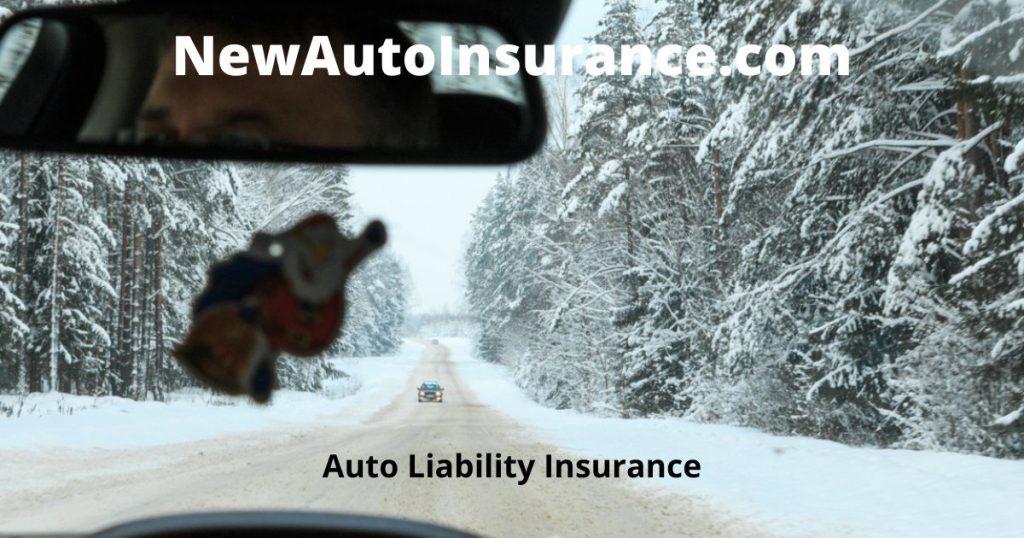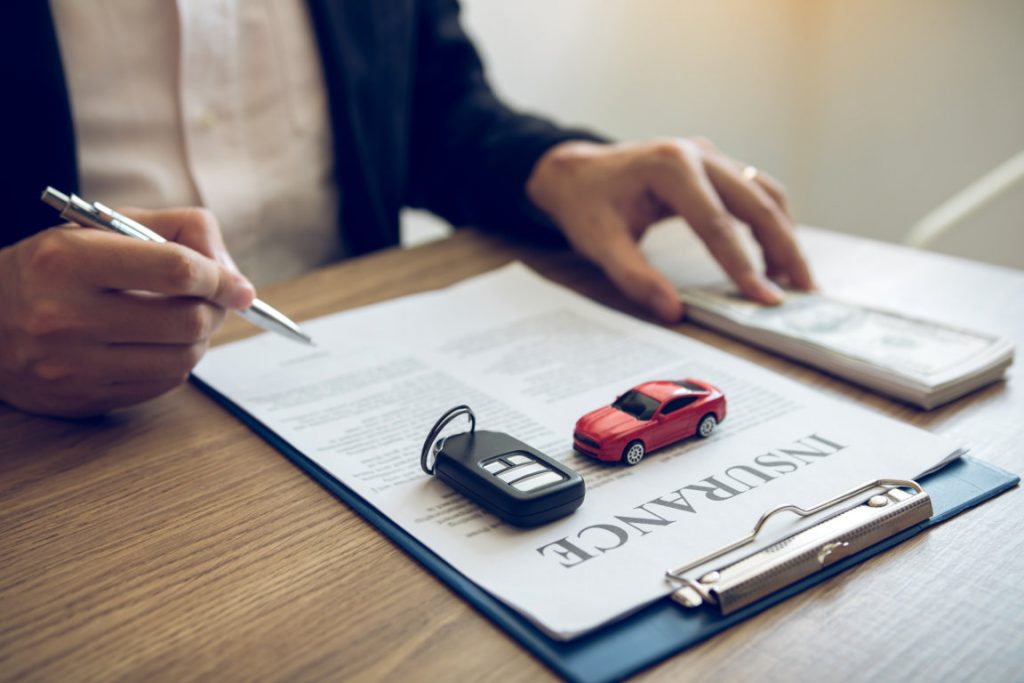First, to purchase auto insurance coverage, you should obtain quotes from several sources before deciding on a final one. By doing so, you may obtain auto liability insurance that has a reasonable cost and matches your requirements. Decide on enough coverage before getting a policy. Also, prepare yourself for the purchase procedure to know what to expect during the process.
Calculate Your Coverage Requirements
Make a decision on the type of insurance coverage you will need to have. To determine the minimum liability requirements in your state, you can speak with an agent. You can also contact your state motor vehicle administration for this purpose. Moreover, liability insurance is the most affordable type of insurance you can purchase. If you have a loan on your vehicle, it may be necessary for you to have collision coverage during the duration of your loan. In comparison, collision coverage is the most expensive type of insurance to take. You can also change your bodily injury and property damage limitations, as well as your insurance deductible. Once you’ve determined what kind of coverage you require, you can begin comparing quotations.
Insurance Providers Comparison Shopping
While it is entirely optional to shop around for the best deal, doing so can be pretty beneficial financially. If you have a little driving history or have received traffic fines, or have been in an accident, you may be better off working with a broker than with a single firm. A broker can shop around to various insurance companies and find you the best deal possible, depending on the type of insurance you want or need. The policies and discounts offered by an agent, such as those employed by State Farm, Allstate, or Geico, are limited by the policies and deals provided by the insurance provider itself.

Necessary information
Make a list of information you’ll need before applying for a quote or an auto liability insurance policy. Your agent requires your driver’s license number to examine your accident and driving history. Some insurance companies evaluate your risk on the basis of your credit history. So you should be ready with your Social Security number. Gather information about your vehicle, such as its VIN (vehicle identifying number), year, make, and model. Keep this information in a safe place.
Any car safety features such as anti-lock brakes, traction control, airbags, or a passive alarm system should be noted down on the vehicle’s safety features list. You’ll also need to provide the agent with your home and work addresses so that they can assess how far you commute each week. Make a note of your lender’s contact information if you have a loan for your vehicle; your lender is identified as the policy’s loss-paying entity.
Payment and Insurance Policy Term
The ability to pay for your insurance coverage in full upfront and receive a discount is something that many insurance companies provide. Alternatively, it would help if you plan on paying at least your first month’s payment to begin the insurance. Following the completion of your insurance application, you may be required to undergo a photo inspection by your insurance provider. You may not need to go to a specific site if your agent can take photographs of your vehicle personally. Following the acquisition of your insurance policy, your insurance company is responsible for alerting your state’s motor vehicle agency as well as your lender.
You can learn more about auto insurance at newautoinsurance.com.


